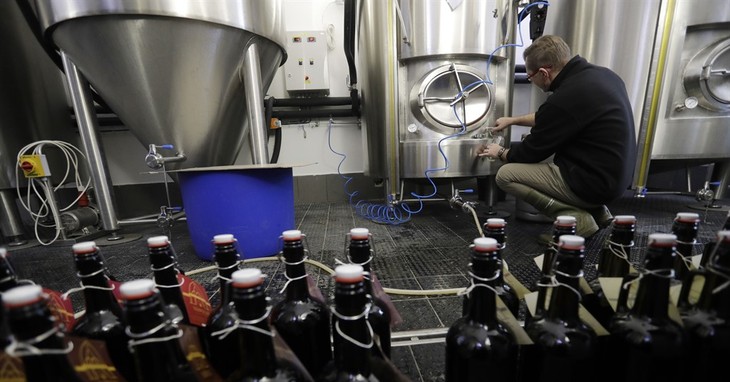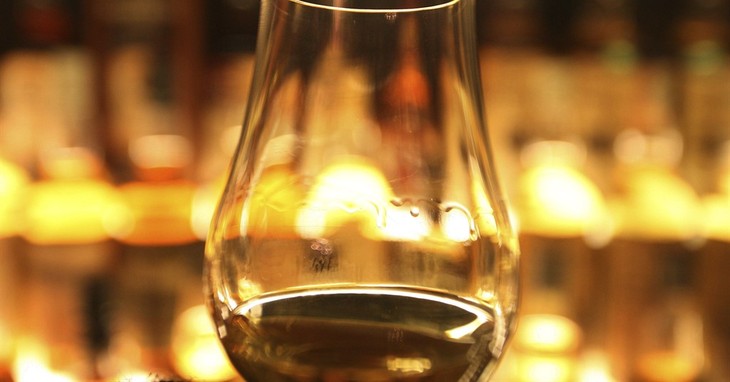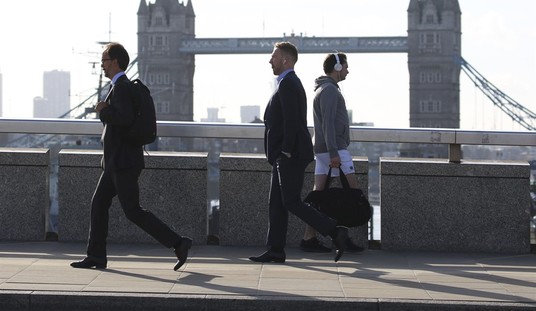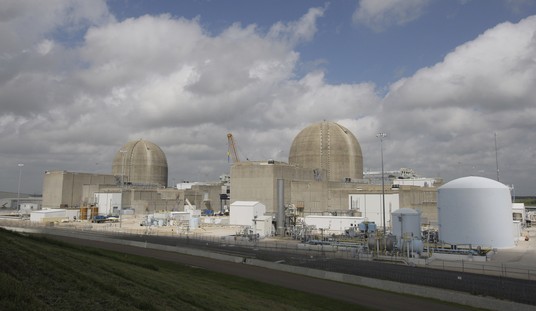In celebrating the Day Of The Dad, let’s look at the accomplishments of the padres in history.
As Father’s Day is spent with Dads being taken to ball games, showered with Home Depot gift cards, or – in my instance – taken on a trip to the local brewery, it is fitting to look at some other fathers. Many brewing and liqueur accomplishments over the centuries have derived from within the hallowed stone walls of monasteries. These men of The Spirit have been adept at crafting soul-raising spirits.
Wines of course have long been attached to these religious orders, but there is also a diverse range – of both selection and geography – of other potables created by these devout distillers. Many of these methods endure to this day, and they are regarded in many measures as the high (fluid) mark of the craft. And so, I pray you take an interest and explore these orthodox offerings from these men of the cloth – and of the glass.

Heavenly Zymurgy
It is rather well known that in beer circles, Trappist Beers are regarded as among the elite styles to be found, and for good reason. The monks are regarded as having developed brewing into standardized fashion centuries ago. From the Middle Ages, monasteries would brew beer for both those inside, as well as the community. The practice began in La Trappe, France, but over time, the Catholic order spread through Europe, and monasteries were expected to form their own brewhouses.
This created an explosion of sorts when, at one time, it was estimated that thousands of monk-operated breweries were seen throughout Europe. The French Revolution and fall of the Roman Empire curtailed much of this, seeing monasteries closed up or destroyed, as did the World Wars. But for those that lingered, they preserved the brewing traditions and today their beers are held up as the pinnacle of brewing excellence.
The popularity is such that Trappist has become a beer style, but there is also an official designation. With Trappist, or Trappe beers being offered not all involve monks, and even those that do may not be designated accurately. A coalition of sorts was formed – The International Trappist Association – to protect the sanctity of the designation. Numbering 10 abbeys today (the lone American entrant ceased beer production in May), these foam-sucking friars are maintaining the history of some of the best beer on the planet.
The Water of Life
If you are an enjoyer of Scotch whiskey, you should send up a prayer of gratitude to Friar John Cor. He was credited with the earliest recorded evidence of creating the early versions in the time of Christopher Columbus. Tax rolls from 1494 show an entry of a crop delivery to Cor: “Eight bolls of malt to Friar John Cor wherewith to make aqua vitae.”
This was crafted in Lindores Abbey, in the northernmost section of Scotland. The abbey was long shut down, and the mostly ruined property was bought by a local farmer near the turn of the 20th Century. Generations later, a relative has opened a distillery on the site and is producing scotch once again on the very land that may have first produced the legendary elixir.

Chartreuse
The Carthusian Order, located in the eponymous mountains near Grenoble, France, has been making this mystical cordial for centuries. Governmental upheaval over the centuries saw the monks expelled at times, but they have worked to preserve their secret recipe. For all of the advertising mystique built around The Colonel’s 11 herbs and spices, Chartreuse is alleged to have well over 100 botanicals involved in its distillation. To this day, only two monks are in possession of the formula.
Benedictine
Slightly more dubious, despite an apparent mirroring of the Chartreuse storyline, is this liqueur named after the famed French Catholic order. The creation is said to have emerged in the early 1500s, by a monk named Dom Bernardo Vincelli in the Venetian Abbey de Fecamp, also as a health restorative and life-prolonging formula. It was said to have been popular enough that, for centuries, the monks continued its production. Then that damned French Revolution had to amble along, and the recipe was lost in the tumult.
Then, in the mid-1800s, a wine trader in Fecamp alleged that he found the old recipe in a library, and after a time formulating the product, he dubbed the mixture “Benedictine,” in honor of the originator centuries earlier.
Frangelico
Even less connected, despite its iconic allusions, is this famed hazelnut liqueur. Despite the bottle being designed to replicate a friar in his frocks, there is no monastery producing this Italian cordial. Instead, it is named after the Rennaisance painter Fra Angelico, who is known for the frescos he created for his abbey in Piedmont, Italy. He also supposedly had a wealth of recipes for foods and liqueurs, and this formula is based on his crafting of one using the local abundance of hazelnuts.















